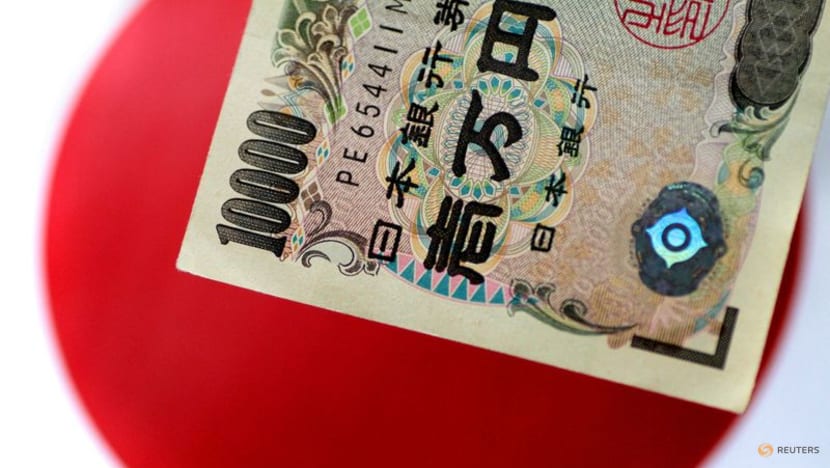Reality has a tendency of catching up with you, and Japanese policymakers seem to be right in the midst of it. As the Fed relentlessly and entirely selfishly barges on to raise dollar interest rates, every other currency on the planet except for the Ruble has taken the brunt. Not only the emergings are being hit hard, which so reminds us of 1997, but the majors are also in a literal tailspin, from Euro to Pound to Renminbi to the Yen.
10 years ago the Yen was at its pinnacle, hitting 75 against the dollar. This strength was probably one of the reasons why Shinzo Abe, in cooperation with incoming BoJ governor Haruhiko Kuroda, allowed himself to open fire on fiscal and monetary actions, in a last-ditch attempt to bring the land of the rising sun back. As we have all learned, his bonanza was in vain. Demographically imploding Japan is in irrevocable decline and has no chance to thrive again economically.
Flooding the system with excess liquidity more so than any other major central bank has done across the past decade, as well as enforcing a historically unmatched yield curve control regime has taken its toll on investor sentiment. The ultimate break in the Yen came right in the aftermath of Russia invading Ukraine, and nothing has put a stop to the slide since. In March we broke the 120, in June the 130, and early this month the 140 barriers.
The ivory tower in Tokyo must be on the highest alert. Following Jay Powell and other major policymakers overseas still seems to be out of the question. Arguing that Japanese inflation is still in check compared to the rest of the world may quickly turn out to be an illusion. August price increases zoomed in on 3%, and the momentum will only accelerate. Just think of the country’s energy dependency and the rolling over of import contracts into higher prices while the Yen sags.
Just 2 days ago the BoJ decided to stick with its ultra-low rate policy, yet another signal to the market that liquidity accommodation and curve control are more important than inflation trends and currency weakness. Well, no one needs to be surprised. At Japan’s humongous debt levels, the BoJ now purchasing over 100 billion dollars equivalent in bonds every month and already holding more than half of the entire JGB market, it is in fact existential to continue the state financing.
But it was also to be expected that the FX punters would use the moment to hammer the Yen down further. And overnight, when the 145 barrier was taken, the BoJ had no other choice but to finally do something and announce market intervention which admittedly halted the slump, triggered a bounce of sorts, and stabilised the currency. The problem, however, is that FX intervention in the absence of policy alterations simply doesn’t work. We have numerous examples in history.
Quite on the contrary, the run on the Yen has now officially commenced, and markets are surely going to test the BoJ’s resolve. A disproportionate addiction to free money is coming back to bite. By panicking and announcing an FX intervention Kuroda & Co may have done their country the biggest disservice yet. If only Japan had an authority among the ranks of its nomenclature to back up its threats convincingly – but they don’t…
Kuroda is the last man standing sporting somewhat of an international aura of credibility, but after 10 years of moving and shaking without any success, he is probably close to his date of expiration. Prime minister Kishida is certainly no Shinzo Abe caliber, and finance minister Suzuki has probably never been heard of outside Japan. So, who’s in charge, and how much weight does he or she have…? That is the question the market will be asking and trading on.
